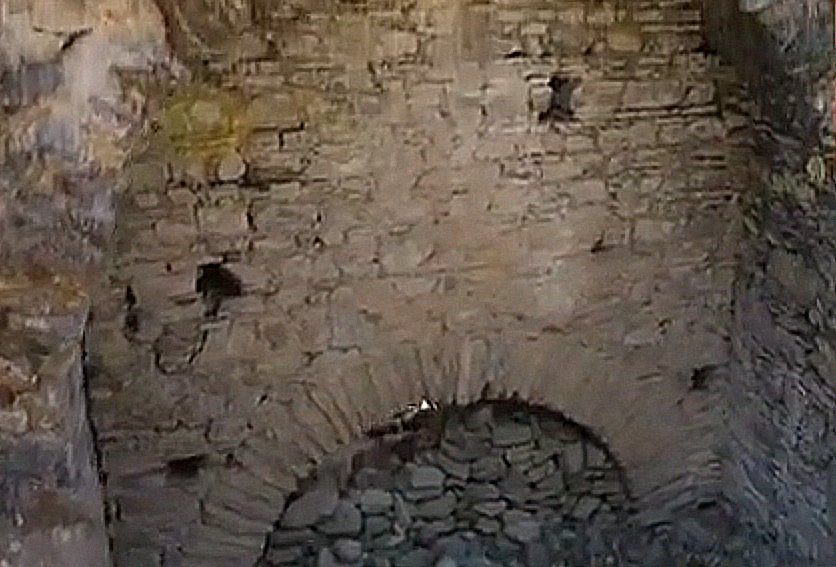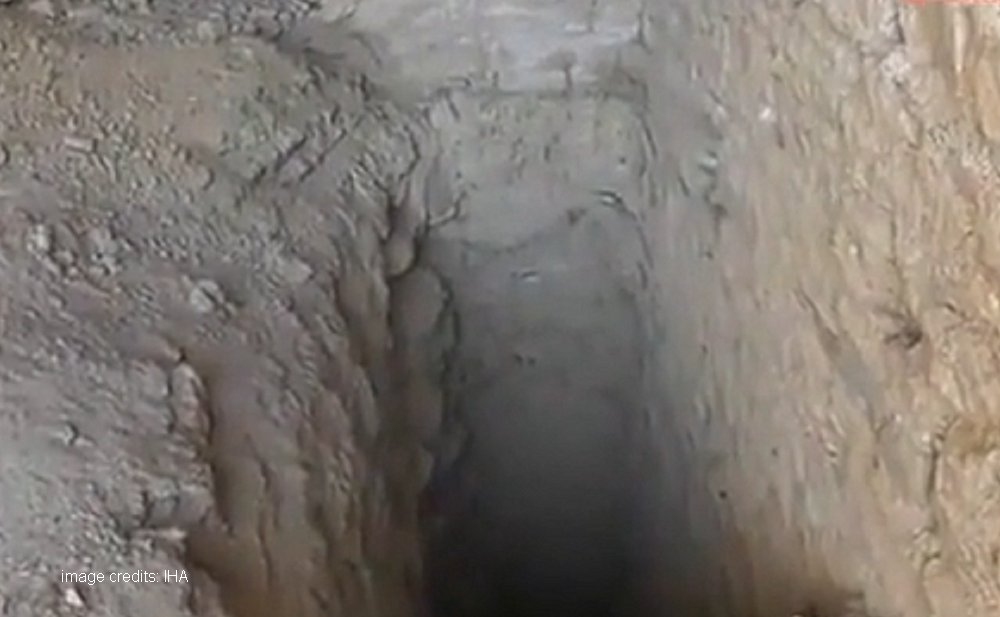Conny Waters - AncientPages.com - Archeologists discovered the remains of a massive and complete structure similar to Rome’s Colosseum in the 2,700-year-old Mastaura ancient city in the Aegean province of Aydın’s Nazilli district, western Turkey.

This structure is a medium-sized amphitheater with a diameter of about 100 meters, whose walls are about 14-15 meters high and has rows of seats, and now, there is no such strong structure in Anatolia. In the past, there were seven or eight such buildings in Anatolia but none of them survived until now.
The structure that will be excavated and surveyed by the researchers led by Sedat Akkurnaz, a member of the archaeology department at Aydın Adnan Menderes University, has been successfully preserved under the ground between olive and fig groves, reports Hurriyet Daily News.
However, the preliminary examinations of the site show that the 2,700-year-old artifacts in the region of Mastaura ancient city, have been damaged by treasure hunters.
“People lived here for about 2,500 years. They moved to Nazilli 200-300 years ago. Mastaura is an important ancient settlement that has been known for nearly 200 years," Akkurnaz said.

"When European travelers came to visit Anatolia in the 18th century, they also visited Mastaura and shared information about it. When we examined the notes of those travelers, we saw that they gave very interesting information about Mastaura. This interesting information that catches our attention was that there was an amphitheater in Mastaura. Then we intensified our research on the amphitheater and we discovered the location of this amphitheater about a week ago.”
In late 2020, the archaeologists will begin excavation works at the site of Mastaura, and the remains of the structure that clearly resembles Colosseum-like building will be both excavated and unearthed.
Stating that works continued on the amphitheater, which is believed to have been built 2,700 years ago in the Roman-era, Akkurnaz said, “There are seven-eight known examples in Anatolia. But these samples are not as well preserved as this one in Mastaura. While most of the examples there were destroyed or the materials moved elsewhere, this amphitheater in Mastaura is an important ancient amphitheater with seats under olive trees and an orchestra.”
Akkurnaz said that they photograph the artifacts they find there and make drawings and measurements to determine which civilizations, periods, and dates they belong to.
“We have been doing research around Nazilli and have found historical artifacts in many different places starting from 5,000 years ago until recently. Here, ceramic pieces are found, too. We examine and determine the periods they belong to with our students,” he said.
Written by Conny Waters - AncientPages.com Staff Writer






